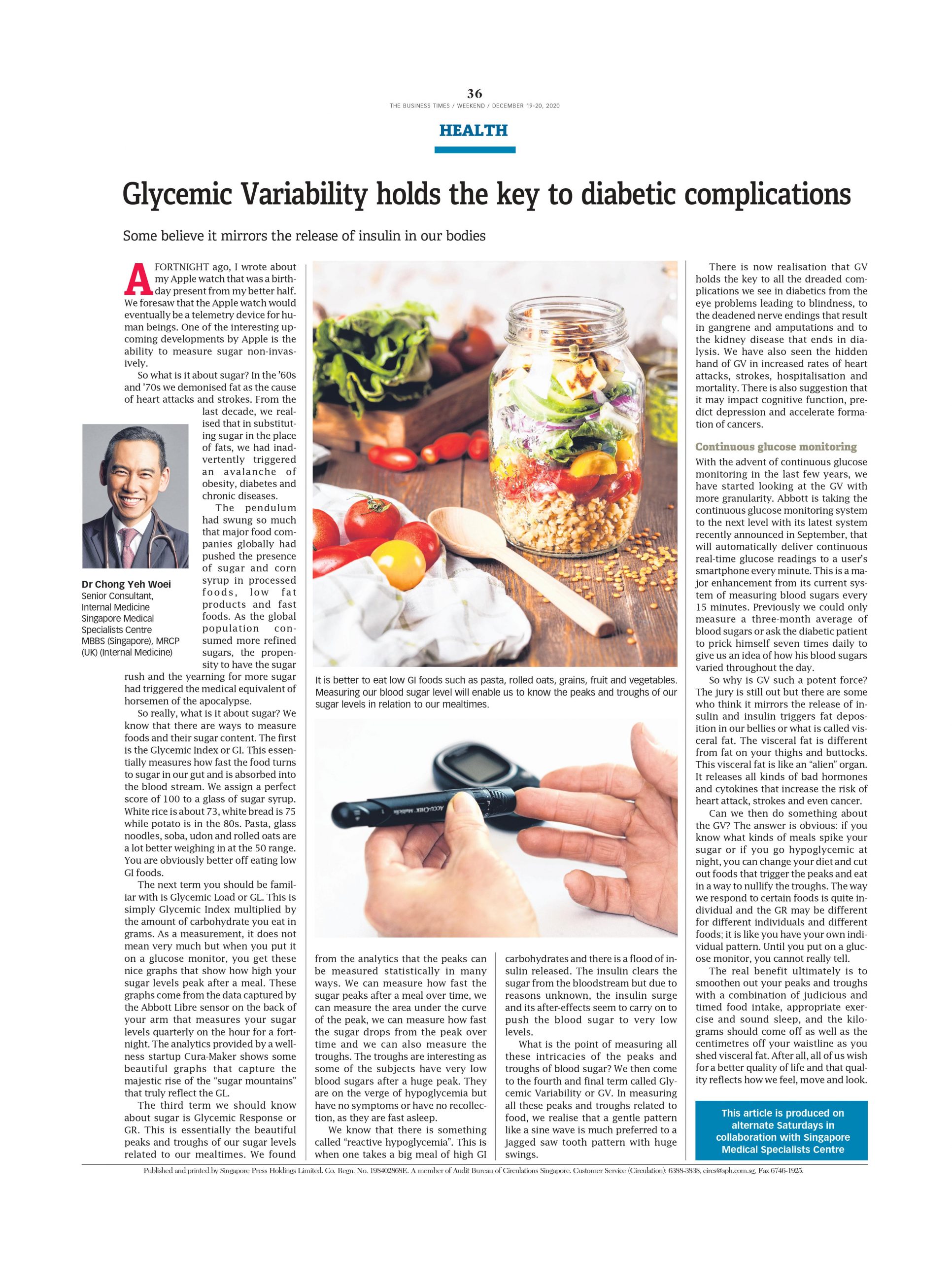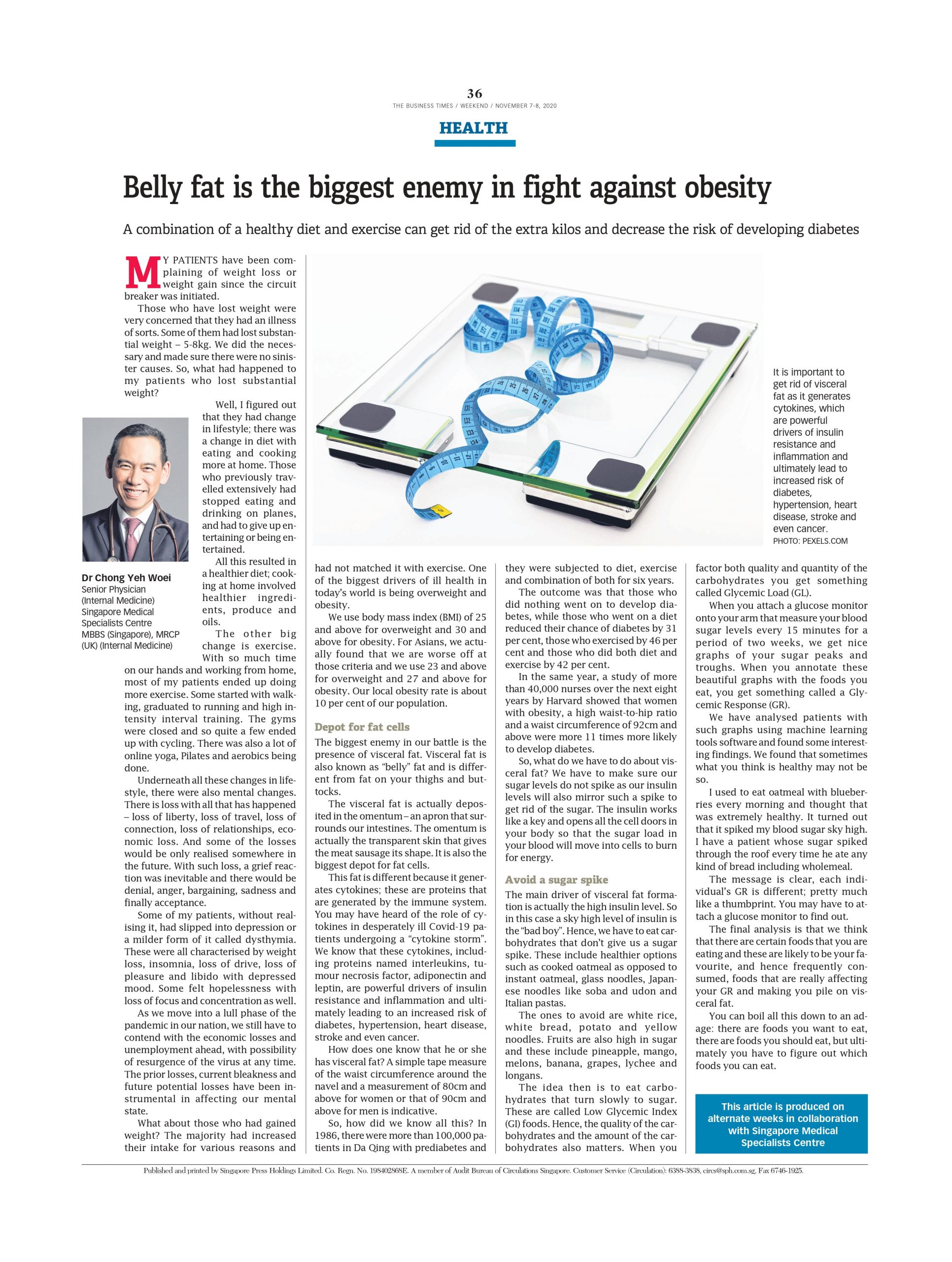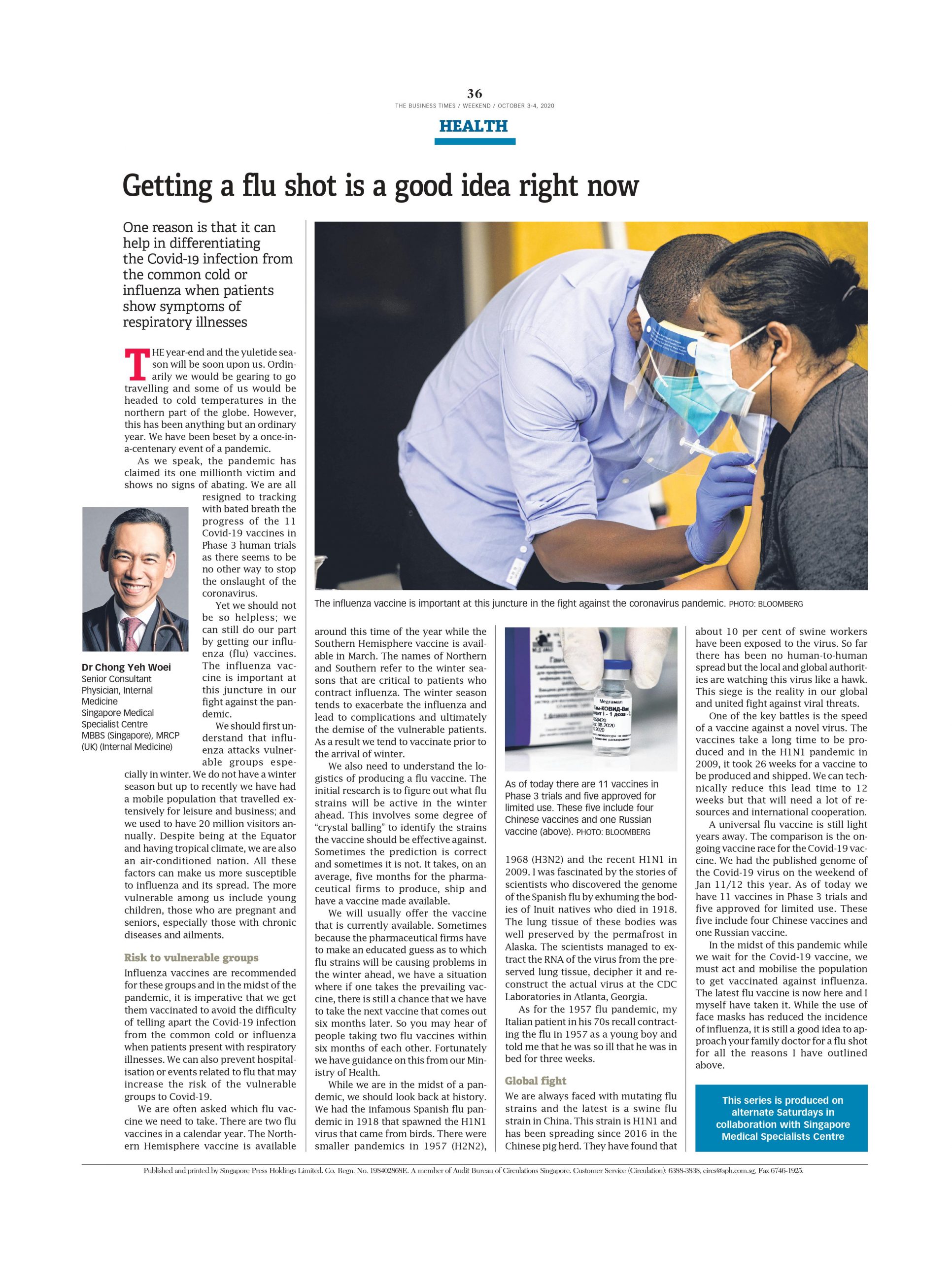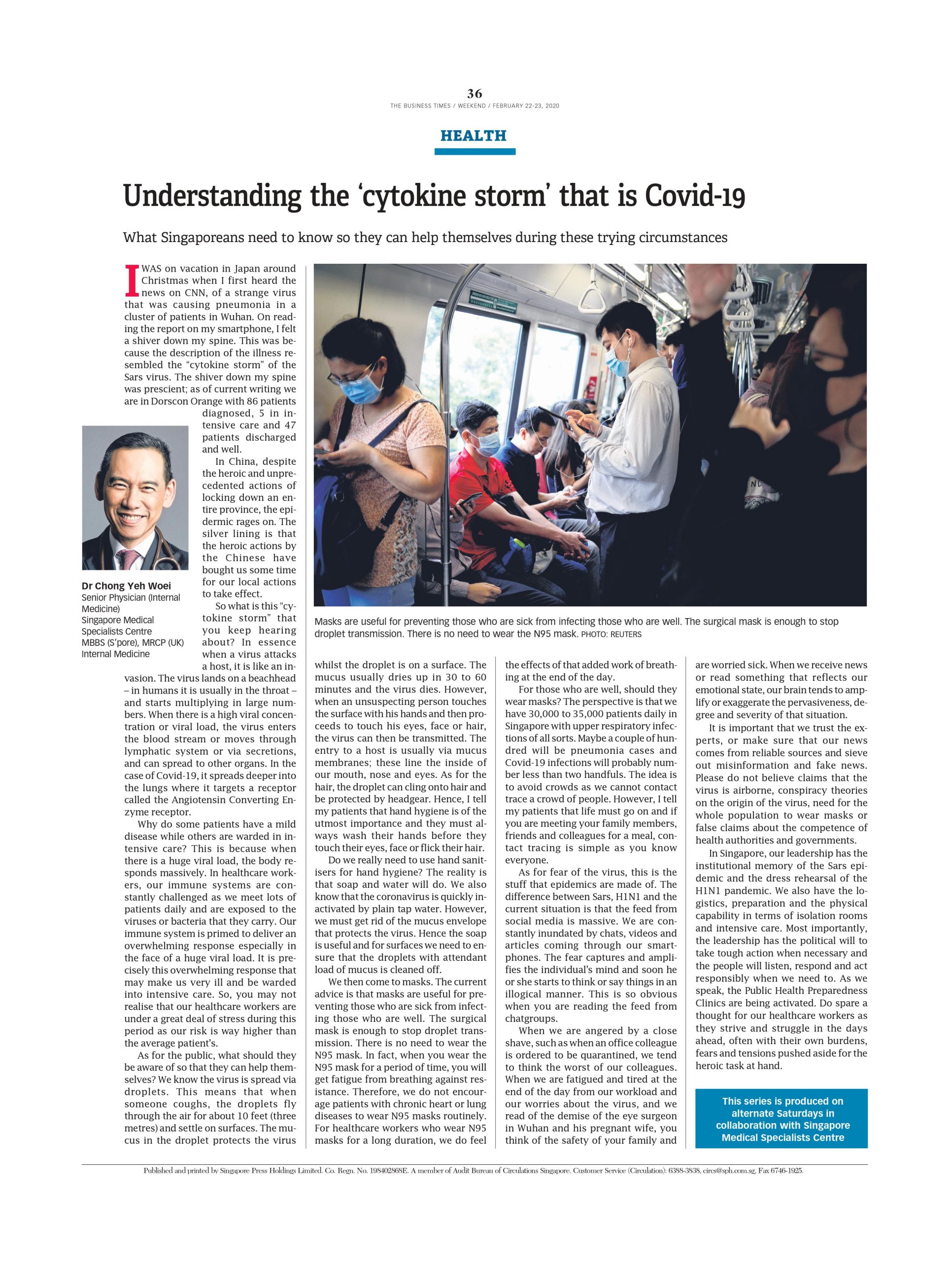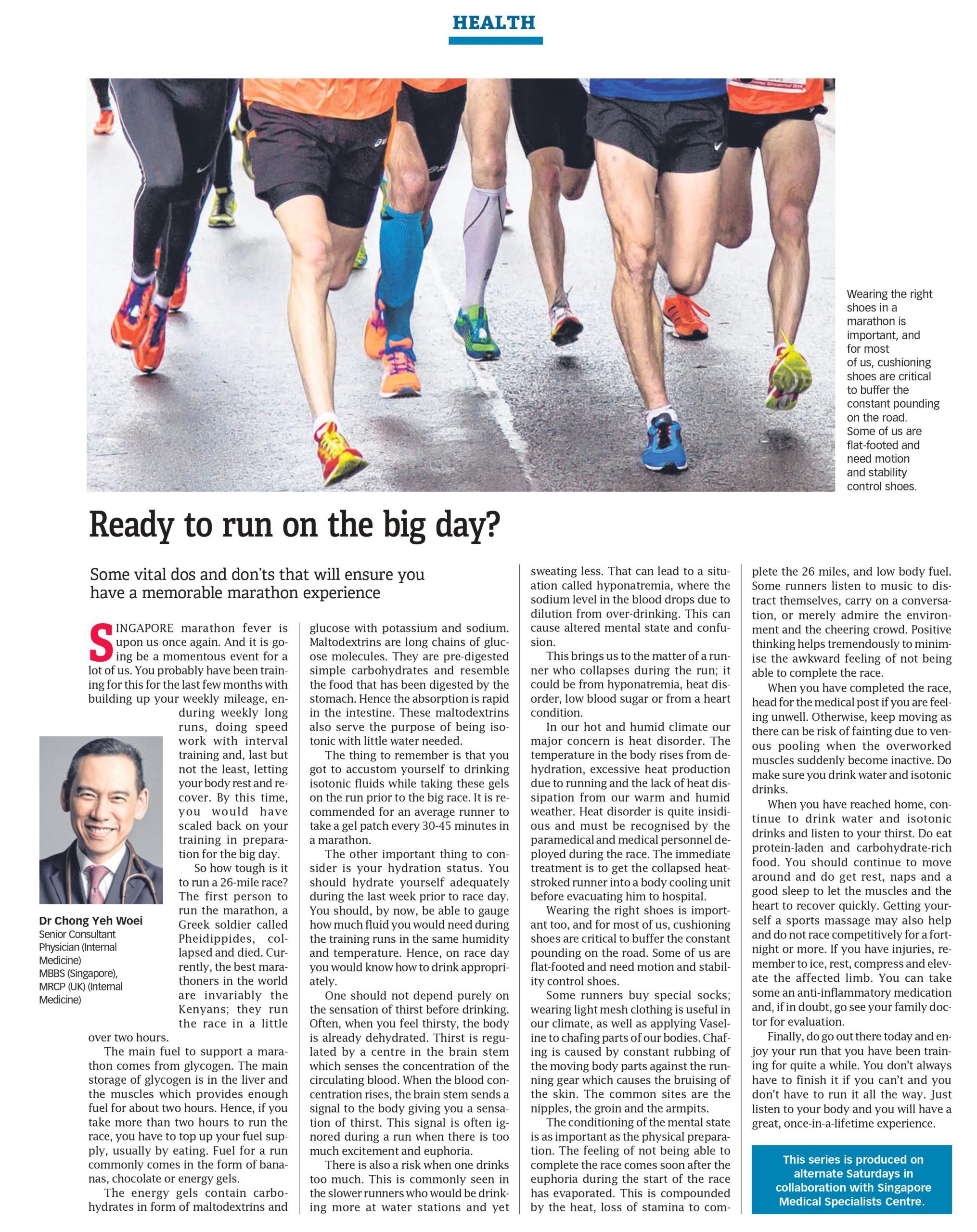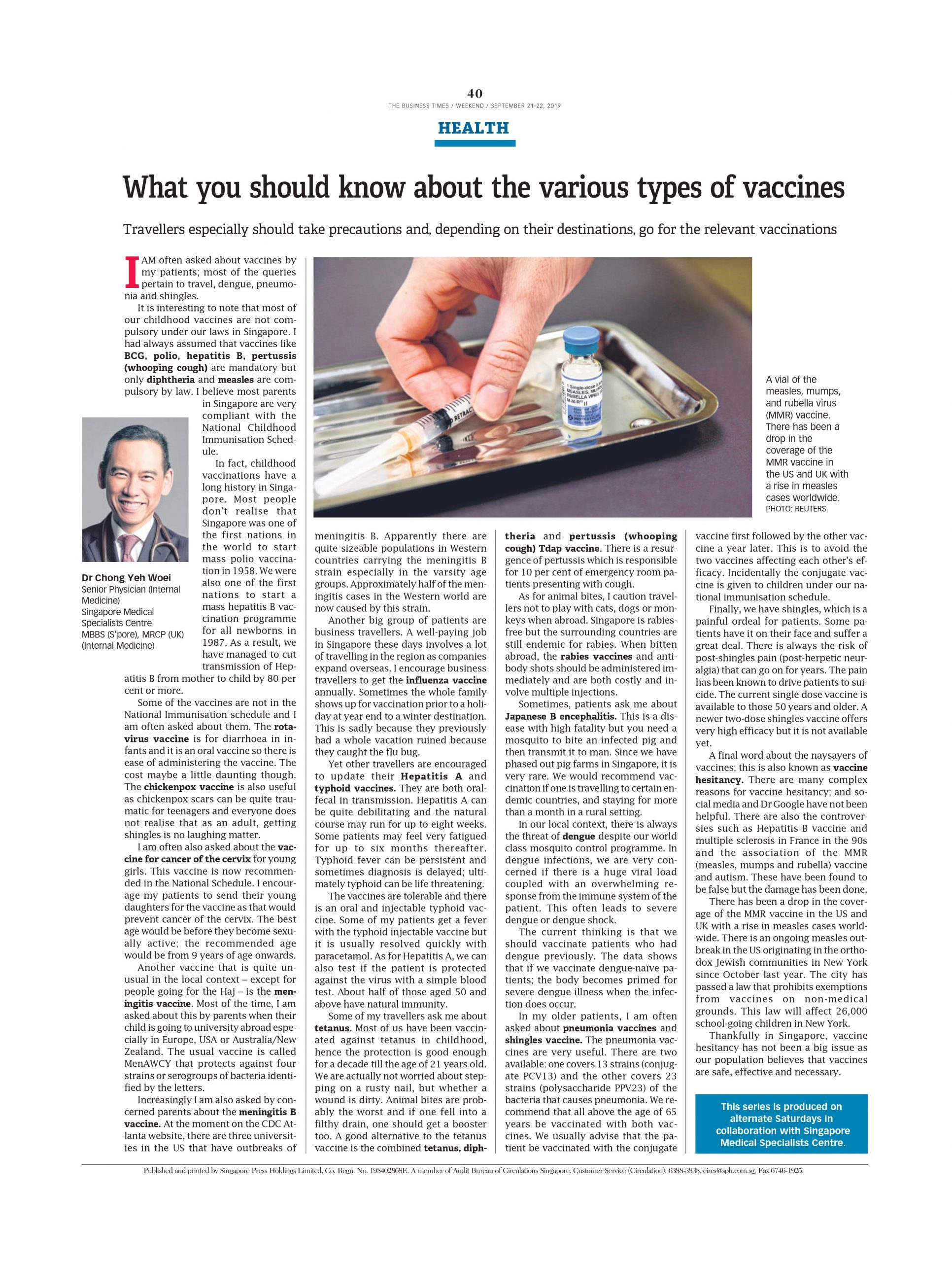A FORTNIGHT ago, I wrote about my Apple watch that was a birthday present from my better half. We foresaw that the Apple watch would eventually be a telemetry device for human beings. One of the interesting upcoming developments by Apple is the ability to measure sugar non-invasively.
So what is it about sugar? In the ’60s and ’70s we demonised fat as the cause of heart attacks and strokes. From the last decade, we realised that in substituting sugar in the place of fats, we had inadvertently triggered an avalanche of obesity, diabetes and chronic diseases.
The pendulum had swung so much that major food companies globally had pushed the presence of sugar and corn syrup in processed foods, low fat products and fast foods. As the global population consumed more refined sugars, the propen-sity to have the sugar rush and the yearning for more sugar had triggered the medical equivalent of horsemen of the apocalypse.
So really, what is it about sugar? We know that there are ways to measure foods and their sugar content. The first is the Glycemic Index or GI. This essentially measures how fast the food turns to sugar in our gut and is absorbed into the blood stream. We assign a perfect score of 100 to a glass of sugar syrup. White rice is about 73, white bread is 75 while potato is in the 80s. Pasta, glass noodles, soba, udon and rolled oats are a lot better weighing in at the 50 range. You are obviously better off eating low GI foods.
The third term we should know about sugar is Glycemic Response or GR. This is essentially the beautiful peaks and troughs of our sugar levels related to our mealtimes. We found from the analytics that the peaks can be measured statistically in many ways. We can measure how fast the sugar peaks after a meal over time, we can measure the area under the curve of the peak, we can measure how fast the sugar drops from the peak over time and we can also measure the troughs. The troughs are interesting as some of the subjects have very low blood sugars after a huge peak. They are on the verge of hypoglycemia but have no symptoms or have no recollection, as they are fast asleep.
We know that there is something called “reactive hypoglycemia”. This is when one takes a big meal of high GI carbohydrates and there is a flood of insulin released. The insulin clears the sugar from the bloodstream but due to reasons unknown, the insulin surge and its after-effects seem to carry on to push the blood sugar to very low levels.
What is the point of measuring all these intricacies of the peaks and troughs of blood sugar? We then come to the fourth and final term called Glycemic Variability or GV. In measuring all these peaks and troughs related to food, we realise that a gentle pattern like a sine wave is much preferred to a jagged saw tooth pattern with huge swings.
There is now realisation that GV holds the key to all the dreaded complications we see in diabetics from the eye problems leading to blindness, to the deadened nerve endings that result in gangrene and amputations and to the kidney disease that ends in dialysis. We have also seen the hidden hand of GV in increased rates of heart attacks, strokes, hospitalisation and mortality. There is also suggestion that it may impact cognitive function, predict depression and accelerate formation of cancers.
Continuous glucose monitoring
With the advent of continuous glucose monitoring in the last few years, we have started looking at the GV with more granularity. Abbott is taking the continuous glucose monitoring system to the next level with its latest system recently announced in September, that will automatically deliver continuous real-time glucose readings to a user’s smartphone every minute. This is a major enhancement from its current system of measuring blood sugars every 15 minutes. Previously we could only measure a three-month average of blood sugars or ask the diabetic patient to prick himself seven times daily to give us an idea of how his blood sugars varied throughout the day.
So why is GV such a potent force? The jury is still out but there are some who think it mirrors the release of insulin and insulin triggers fat deposition in our bellies or what is called visceral fat. The visceral fat is different from fat on your thighs and buttocks. This visceral fat is like an “alien” organ. It releases all kinds of bad hormones and cytokines that increase the risk of heart attack, strokes and even cancer.
Can we then do something about the GV? The answer is obvious: if you know what kinds of meals spike your sugar or if you go hypoglycemic at night, you can change your diet and cut out foods that trigger the peaks and eat in a way to nullify the troughs. The way we respond to certain foods is quite individual and the GR may be different for different individuals and different foods; it is like you have your own individual pattern. Until you put on a glucose monitor, you cannot really tell.
The real benefit ultimately is to smoothen out your peaks and troughs with a combination of judicious and timed food intake, appropriate exercise and sound sleep, and the kilograms should come off as well as the centimetres off your waistline as you shed visceral fat. After all, all of us wish for a better quality of life and that quality reflects how we feel, move and look.
